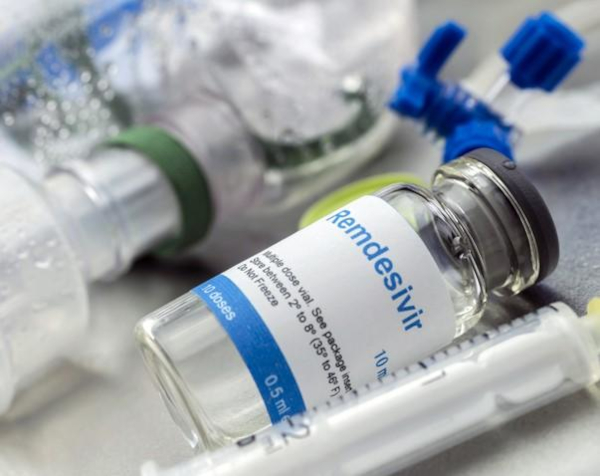The Central government, through a series of closed-door meetings and negotiations in the first two weeks of April, ramped up production of the essential drug Remdesivir from 10,000 vials to 3.25 lakh vials a day. Sources in the government have revealed the details of what went behind exponentially increasing production capacity and making the drug affordable as the pandemic raged in India.
Immediately after a minor spike in Remdesivir’s demand, a meeting chaired by the Centre was convened on April 2. Private companies, which were present in the meeting, said there is enough production capacity but there is hardly any demand for the drug leading to below-par production.
Production capacity for the drug in the first week of April was 36 lakh vials, but companies were producing 5-6 lakh, as per the demand. The Centre asked them to start production at full capacity.
The pharma companies started utilising their full production capacity, but by April 10, the demand for Remdesivir shot up multi-fold as cases started spiking. As a result, people started hoarding the drug and state governments stopped exporting the drug from production units situated in their state.
The Centre again called for a meeting, with three primary motives – affordability, supply-side management and demand-side management. The Centre again met companies and told them that the government will not put a price ceiling on the drug because that will have its effects on production. Therefore, the Centre asked companies to reduce the price of the drug on their own. The private sector promised that they will keep prices below Rs 3,500 per vial Earlier, the drug cost anywhere between Rs 6,000 and Rs 7,500 per vial.
Because demand had exponentially spiked after April 10, the government had the task of increasing production. “We floated the idea that any company that has the required raw materials and WHO-approved permissions to produce [the drug] should tie-up with pharma companies and start immediate production. The Centre granted permit to them within 24 hours. From 20 plants on April 10, there were 58 plants on April 15,” said government sources.
The Centre, however, was facing another problem. As part of an essential raw material needed to produce the drug, India had to import betacyclodextrin from Gilead US.
Ministry of Chemicals reached out to Minister of External Affairs S Jaishankar who in turn spoke to his US counterpart. Gilead was then asked to help India via a bilateral treaty and import was streamlined.
Private companies in India were still worried about excess stock. The Centre promised that 50 lakh leftover vials will be bought by the Centre in the end and will be used to fight the third wave.
It takes 25 days for Remdesivir to be produced from scratch. Earlier, 10,000 vials were produced per day, close to a month later, India produces 3.25 lakh vials per day.
The Centre also requested doctors to educate the country on when to use the drug and why it is to be used only when a patient is in critical condition. Negotiations were held with states to make sure that demand was met and no hoarding was taking place.
Source: News18
You may also like
-
Trade Connect E-platform For Exports Is Single Window, Fast, Accessible And Transformational: Shri Piyush Goyal
-
Dot Simplifies Approval Processes For Telecom Licenses And Wireless Equipment
-
Coal Production and Supply Trends on Positive Trajectory
-
Union Minister To Release Booklets On Promotion Of Indigenous Species & Conservation Of States Fishes
-
2nd India-Japan Finance Dialogue held in Tokyo on 6th September, 2024
